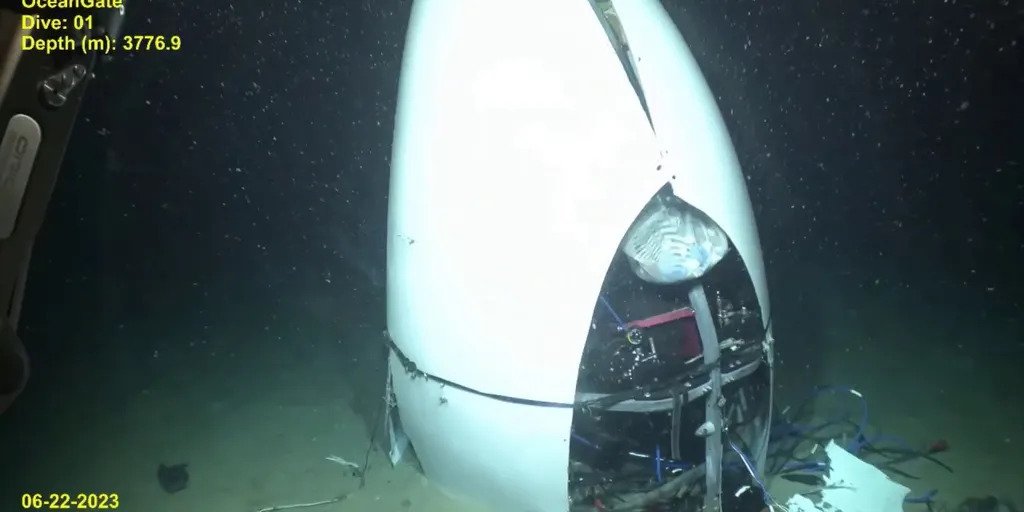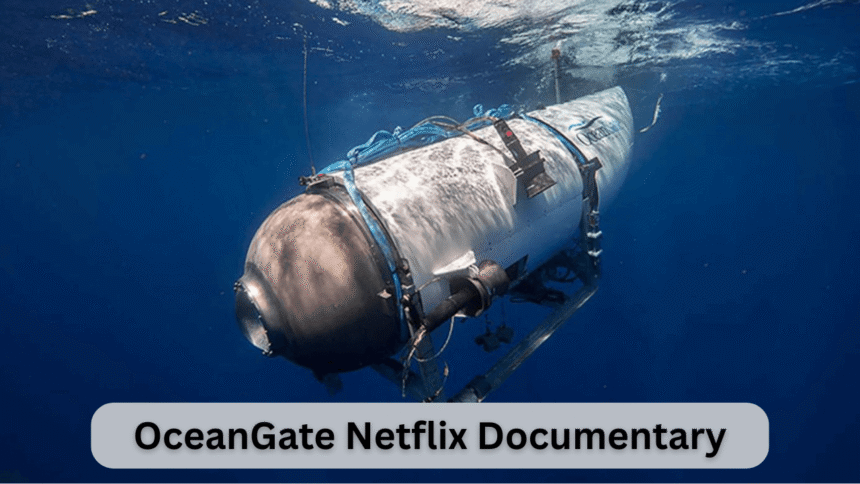The legacy of OceanGate has taken a devastating hit after the release of a gripping new Netflix documentary that sheds light on the deep-rooted safety failures behind the company’s doomed Titan submersible. The documentary, which has sparked widespread discussion across the globe, revisits the fatal dive that ended in tragedy and raises alarming questions about the decision-making and culture within OceanGate. From ignored safety warnings to alleged manipulation of staff, the film reveals that the disaster may have been preventable.
The keyword OceanGate continues to dominate headlines as new layers of the story unravel. With the public’s attention refocused on the June 2023 implosion that killed five passengers, including OceanGate CEO Stockton Rush, survivors’ families and marine experts are demanding answers and accountability.
A Culture of Hubris and Negligence
OceanGate promoted its missions as a bold step in undersea exploration, offering wealthy tourists the chance to visit the Titanic wreckage site. However, internal whistleblowers, engineers, and former employees now suggest that the company was riddled with a “culture of hubris.”

The Netflix documentary reveals that concerns about the structural integrity of the Titan submersible were raised several times by both internal staff and independent experts. These warnings, however, were either dismissed or downplayed by leadership. According to testimonies in the documentary, Stockton Rush viewed traditional safety regulations as “obstacles to innovation,” often boasting about avoiding what he considered “excessive red tape.”
OceanGate’s disregard for maritime safety standards was not a hidden secret within the organization. Former employees have come forward to say they were pressured to remain silent or leave if they disagreed with leadership. This toxic environment, according to the documentary, directly contributed to the fatal decisions that led to the Titan’s implosion.
Engineering Flaws Ignored
One of the most shocking revelations made in the documentary is the multiple reports of “cracking sounds” and structural anomalies heard during prior Titan missions. These events occurred at significantly lower depths than where the implosion eventually happened. Engineers feared that the submersible’s carbon-fiber hull—an experimental material for deep-sea applications—couldn’t handle the crushing pressures of the ocean floor.
Despite these warnings, OceanGate continued its voyages, convinced that innovation would triumph over conventional engineering limitations. The documentary features underwater footage, interviews, and diagrams that paint a grim picture of how the risks mounted with each dive.
In one particularly chilling segment, audio recordings capture the final moments of the Titan’s descent. The sound of a sudden “bang” and silence that followed confirmed expert suspicions: the hull failed catastrophically under pressure.
Stockton Rush: Visionary or Reckless?

Much of the Netflix documentary also centers around Stockton Rush, the charismatic yet polarizing founder of OceanGate. Through interviews and behind-the-scenes footage, the film depicts Rush as a man driven by ambition but blinded by arrogance. He often rejected expert advice, claiming that innovation should lead exploration, not bureaucracy.
Former employees describe him as controlling, dismissive of criticism, and even manipulative. Some went as far as calling his leadership “cult-like,” with a tendency to surround himself only with those who echoed his beliefs. Others allege that Rush once brushed off safety concerns by saying, “At some point, we all have to take a little risk.”
This mindset, critics argue, was more than just cavalier—it was catastrophic. His vision to revolutionize deep-sea tourism through OceanGate came at a fatal cost. Instead of building a legacy of exploration, Rush’s name is now synonymous with corporate negligence and engineering arrogance.
Fallout and Public Outrage
The documentary’s release has reignited global conversations about ethical boundaries in private exploration ventures. The keyword OceanGate is trending once again, not as a symbol of innovation, but as a cautionary tale of what happens when safety is sacrificed for speed and spectacle.
Family members of those who perished in the Titan disaster are calling for criminal investigations. Experts are also demanding stricter oversight of commercial deep-sea operations. They argue that without firm regulatory frameworks, companies like OceanGate could continue pushing dangerous boundaries unchecked.
The U.S. Coast Guard has yet to release its final report on the incident, though officials say it may arrive later this year. Until then, speculation, outrage, and grief continue to surround the legacy of OceanGate.
You may also like: Straw Review Netflix Taraji P. Henson Shines in Tyler Perry’s Powerful Drama
What Happens Next?
The future of OceanGate, both as a company and as a legacy, is now mired in scandal and loss. Most analysts agree the firm is unlikely to recover, financially or reputationally. Meanwhile, the public is left grappling with the implications of privatized exploration ventures operating with minimal oversight.
In response to the documentary, international marine safety organizations are calling for new global protocols for submersible operations. The Titan implosion has become a grim reminder of what can happen when human ambition outpaces caution and engineering.
OceanGate once hoped to be remembered as a pioneer in underwater tourism. Today, its name has become a byword for negligence and tragic failure. As more facts emerge and global scrutiny intensifies, one thing remains clear: OceanGate’s legacy has been irreparably tainted.

